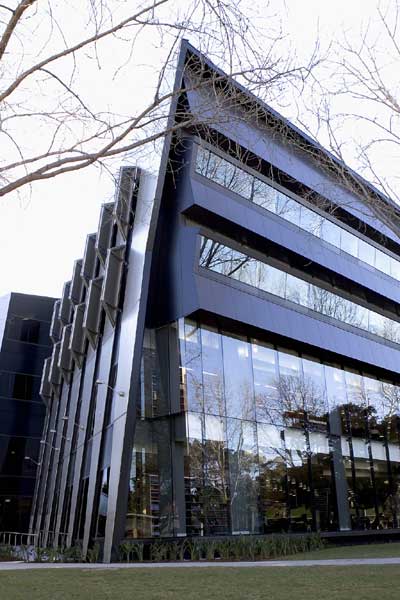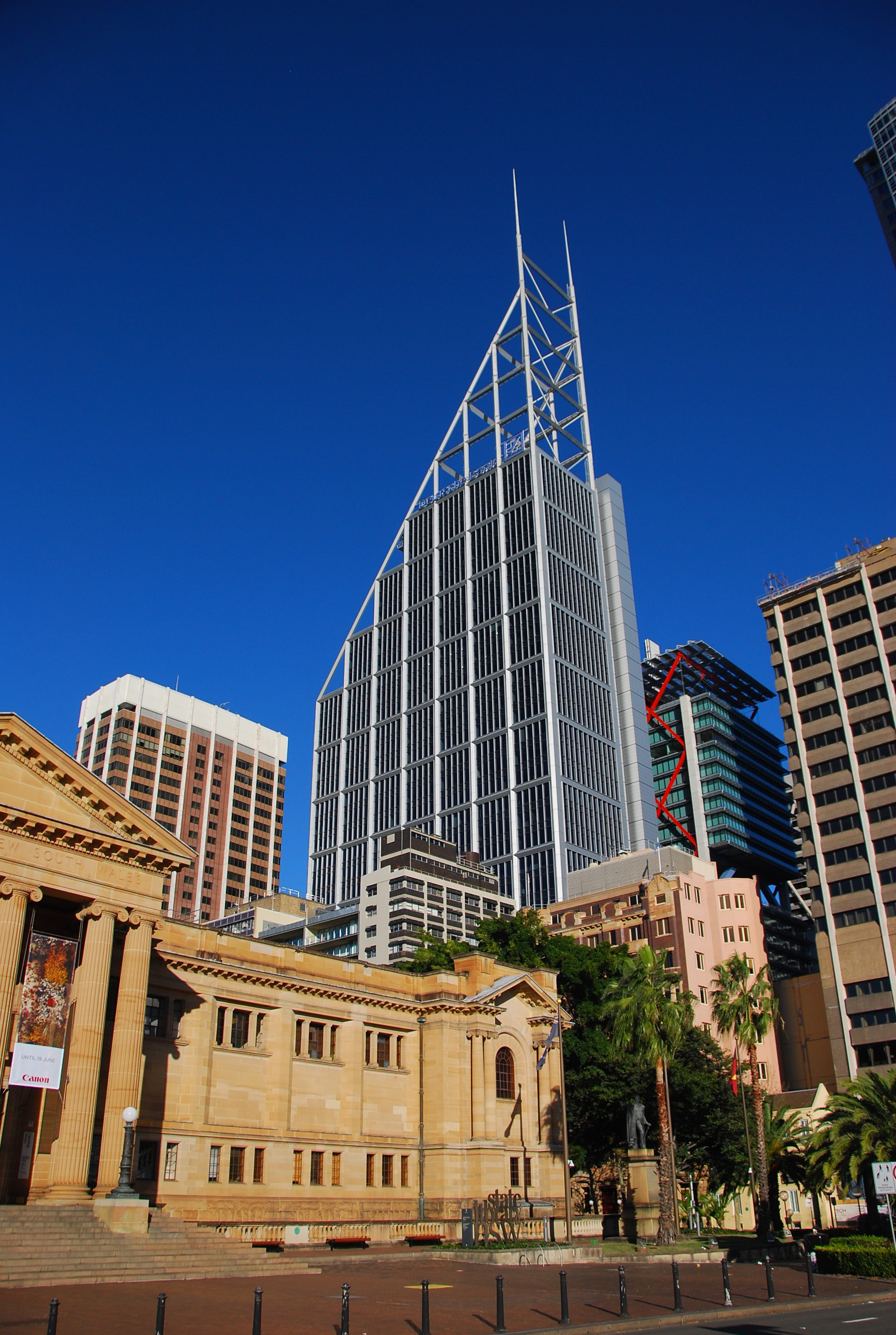|
Australian Guide To Legal Citation
The ''Australian Guide to Legal Citation'' (AGLC) is published by the Melbourne University Law Review Association in collaboration with the '' Melbourne Journal of International Law'' and seeks to provide the Australian legal community with a standard for citing legal sources.AGLC Melbourne University Law Review, Retrieved 3 September 2011.Citation Guides Melbourne University Law School, Retrieved 3 September 2011. There is no single standard for legal citation in Australia, but the AGLC is the most widely used. [...More Info...] [...Related Items...] OR: [Wikipedia] [Google] [Baidu] |
Australian Guide To Legal Citation, Fourth Edition (2018); Book Cover
Australian(s) may refer to: Australia * Australia, a country * Australians, citizens of the Commonwealth of Australia ** European Australians ** Anglo-Celtic Australians, Australians descended principally from British colonists ** Aboriginal Australians, indigenous peoples of Australia as identified and defined within Australian law * Australia (continent) ** Indigenous Australians * Australian English, the dialect of the English language spoken in Australia * Australian Aboriginal languages * ''The Australian ''The Australian'', with its Saturday edition, ''The Weekend Australian'', is a broadsheet newspaper published by News Corp Australia since 14 July 1964.Bruns, Axel. "3.1. The active audience: Transforming journalism from gatekeeping to gatew ...'', a newspaper * Australiana, things of Australian origins Other uses * Australian (horse), a racehorse * Australian, British Columbia, an unincorporated community in Canada See also * The Australian (disambiguation ... [...More Info...] [...Related Items...] OR: [Wikipedia] [Google] [Baidu] |
Thomson Reuters
Thomson Reuters Corporation ( ) is a Canadian multinational media conglomerate. The company was founded in Toronto, Ontario, Canada, where it is headquartered at the Bay Adelaide Centre. Thomson Reuters was created by the Thomson Corporation's purchase of the British company Reuters Group in April 2008. It is majority-owned by The Woodbridge Company, a holding company for the Thomson family. History Thomson Corporation The forerunner of the Thomson company was founded by Roy Thomson in 1934 in Ontario, as the publisher of ''The Timmins Daily Press''. In 1953, Thomson acquired the ''Scotsman'' newspaper and moved to Scotland the following year. He consolidated his media position in Scotland in 1957, when he won the franchise for Scottish Television. In 1959, he bought the Kemsley Group, a purchase that eventually gave him control of the '' Sunday Times''. He separately acquired the ''Times'' in 1967. He moved into the airline business in 1965, when he acquired Britanni ... [...More Info...] [...Related Items...] OR: [Wikipedia] [Google] [Baidu] |
Oxford Standard For Citation Of Legal Authorities
The ''Oxford University Standard for Citation of Legal Authorities'' (''OSCOLA'') is a style guide that provides the modern method of legal citation in the United Kingdom; the style itself is also referred to as OSCOLA. First developed by Peter Birks of the University of Oxford Faculty of Law, and now in its 4th edition (2012, Hart Publishing, ), it has been adopted by most law schools and many legal publishers in the United Kingdom. An online supplement (developed for the third edition) is available for the citation of international legal cases, not covered in the main guide. Cases Cases are to be cited without periods in the names or the report names. If there is neutral citation which is generally the case after 2001 or 2002, cite it before the "best" report: the ''Law Reports'' (AC, QB, Ch etc.), or the WLR or the All ER. * ''Carlill v Carbolic Smoke Ball Co'' 8931 QB 256 * ''Transfield Shipping Inc v Mercator Shipping Inc (The Achilleas)'' 008UKHL 48, 0091 AC 61 Use round b ... [...More Info...] [...Related Items...] OR: [Wikipedia] [Google] [Baidu] |
Canadian Guide To Uniform Legal Citation
The ''Canadian Guide to Uniform Legal Citation'' (''McGill Guide'' or ''Red Book''; french: Manuel canadien de la référence juridique) is a legal citation guide in Canada. It is published by the ''McGill Law Journal'' of the McGill University Faculty of Law and is used by law students, scholars, and lawyers throughout Canada. The book is bilingual, one half being in English and the other in French (''Manuel canadien de la référence juridique''). Overview The first edition of the ''McGill Guide'' was published in 1986. A new edition of the book is released once every four years. While the ''McGill Guide'' is the standard citation guide taught at law schools throughout Canada, many jurisdictions have their own unique citation styles. In contrast to other guides (such as the Bluebook) that are created and published jointly by multiple law reviews, the ''McGill Guide'' is primarily written by full-time students on the ''McGill Law Journal'' and is published by a separate cor ... [...More Info...] [...Related Items...] OR: [Wikipedia] [Google] [Baidu] |
A Uniform System Of Citation
''The Bluebook: A Uniform System of Citation'' is a style guide that prescribes the most widely used legal citation system in the United States. It is taught and used at a majority of U.S. law schools and is also used in a majority of federal courts. Legal publishers also use several "house" citation styles in their works. ''The Bluebook'' is compiled by the ''Harvard Law Review'' Association, the ''Columbia Law Review'', the ''University of Pennsylvania Law Review'', and the ''Yale Law Journal''. Currently, it is in its 21st edition (published July2020). Its name derives from the cover's color. The Supreme Court uses its own unique citation style in its opinions, even though most of the justices and their law clerks obtained their legal education at law schools that use ''The Bluebook''. Furthermore, many state courts have their own citation rules that take precedence over the guide for documents filed with those courts. Some of the local rules are simple modifications to ''T ... [...More Info...] [...Related Items...] OR: [Wikipedia] [Google] [Baidu] |
ALWD Citation Manual
''ALWD Guide to Legal Citation'', formerly ''ALWD Citation Manual'', is a style guide providing a legal citation system for the United States, compiled by the Association of Legal Writing Directors. Its first edition was published in 2000, under editor Darby Dickerson. Its sixth edition, under editor Coleen M. Barger, was released in May 2017 by Wolters Kluwer. It primarily competes with the ''Bluebook'' style, a system developed by the law reviews at Harvard, Yale, University of Pennsylvania, and Columbia. Citations in the two formats are roughly similar. However, ''ALWD'' differs from ''Bluebook'' in one key respect: Under the ''Bluebook'' system, the type styles used in citations found in academic legal articles (always footnoted) are very different from those used in citations within court documents (always cited inline). While the ''ALWD'' system follows the standard convention of footnotes within academic articles and inline citations in court documents, it rejects ''Blu ... [...More Info...] [...Related Items...] OR: [Wikipedia] [Google] [Baidu] |
Legal Citation Signals
In law, a citation or introductory signal is a set of phrases or words used to clarify the authority (or significance) of a legal citation as it relates to a proposition. It is used in citations to present authorities and indicate how those authorities relate to propositions in statements. Legal writers use citation signals to tell readers how the citations support (or do not support) their propositions, organizing citations in a hierarchy of importance so the reader can quickly determine the relative weight of a citation. Citation signals help a reader to discern meaning or usefulness of a reference when the reference itself provides inadequate information. Citation signals have different meanings in different U.S. citation-style systems. The two most prominent citation manuals are ''The Bluebook: A Uniform System of Citation'' and the ''ALWD Citation Manual''. Some state-specific style manuals also provide guidance on legal citation. The ''Bluebook'' citation system is th ... [...More Info...] [...Related Items...] OR: [Wikipedia] [Google] [Baidu] |
Case Citation
Case citation is a system used by legal professionals to identify past court case decisions, either in series of books called reporters or law reports, or in a neutral style that identifies a decision regardless of where it is reported. Case citations are formatted differently in different jurisdictions, but generally contain the same key information. A legal citation is a "reference to a legal precedent or authority, such as a case, statute, or treatise, that either substantiates or contradicts a given position." Where cases are published on paper, the citation usually contains the following information: * Court that issued the decision * Report title * Volume number * Page, section, or paragraph number * Publication year In some report series, for example in England, Australia and some in Canada, volumes are not numbered independently of the year: thus the year and volume number (usually no greater than 4) are required to identify which book of the series has the case reporte ... [...More Info...] [...Related Items...] OR: [Wikipedia] [Google] [Baidu] |
GATT
The General Agreement on Tariffs and Trade (GATT) is a legal agreement between many countries, whose overall purpose was to promote international trade by reducing or eliminating trade barriers such as tariffs or quotas. According to its preamble, its purpose was the "substantial reduction of tariffs and other trade barriers and the elimination of preferences, on a reciprocal and mutually advantageous basis." The GATT was first discussed during the United Nations Conference on Trade and Employment and was the outcome of the failure of negotiating governments to create the International Trade Organization (ITO). It was signed by 23 nations in Geneva on 30 October 1947, and was applied on a provisional basis 1 January 1948. It remained in effect until 1 January 1995, when the World Trade Organization (WTO) was established after agreement by 123 nations in Marrakesh on 15 April 1994, as part of the Uruguay Round Agreements. The WTO is the successor to the GATT, and the original ... [...More Info...] [...Related Items...] OR: [Wikipedia] [Google] [Baidu] |
European Court Of Justice
The European Court of Justice (ECJ, french: Cour de Justice européenne), formally just the Court of Justice, is the supreme court of the European Union in matters of European Union law. As a part of the Court of Justice of the European Union, it is tasked with interpreting EU law and ensuring its uniform application across all EU member states under Article 263 of the Treaty of the Functioning of the European Union (TFEU). The Court was established in 1952, and is based in Luxembourg. It is composed of one judge per member state – currently – although it normally hears cases in panels of three, five or fifteen judges. The Court has been led by president Koen Lenaerts since 2015. The ECJ is the highest court of the European Union in matters of Union law, but not national law. It is not possible to appeal against the decisions of national courts in the ECJ, but rather national courts refer questions of EU law to the ECJ. However, it is ultimately for the national court ... [...More Info...] [...Related Items...] OR: [Wikipedia] [Google] [Baidu] |
UNSW Faculty Of Law
The Faculty of Law and Justice of the University of New South Wales is a law school situated in Sydney, Australia. It is widely regarded as one of Australia's top law schools. The 2021 QS World University Rankings rank the UNSW Law Faculty 13th in the world, first for undergraduate law in Australia, (with the Melbourne Law School only offering a Juris Doctor sequence) 2nd overall in Australia and 3rd in the Asia-Pacific region, and the 2021 Times Higher Education subject rankings also rank it second in Australia, making it the top ranked law school in New South Wales according to both tables, as well as being the top undergraduate Law school in the country. The Faculty comprises the School of Global and Public Law; the School of Criminal Justice, Law and Society; and the School of Corporate and Private Law. It further comprises 13 affiliated research and specialist legal centres, including a community legal centre, the Kingsford Legal Centre, as well as the Refugee Advice and ... [...More Info...] [...Related Items...] OR: [Wikipedia] [Google] [Baidu] |
Allens Arthur Robinson
Allens is an international commercial law firm that operates in the Asia-Pacific region. The firm is one of the largest in the Asia-Pacific region and has many high-profile political, judicial and corporate alumni. Operations Allens has 149 partners and 1,200 personnel. Since 1 May 2012, the firm has operated in association with Linklaters, one of the law firms in the UK referred to as the "Magic Circle". Allens also comprises a separate patent attorney firm, Allens Patent & Trade Mark Attorneys. In January 2018, Allens had offices in Brisbane, Hanoi, Ho Chi Minh City, Melbourne, Perth, Port Moresby, Singapore and Sydney. Through its integrated alliance with Linklaters, Allens' network extends to offices in Abu Dhabi, Africa, Belgium, Brazil, China, Dubai, France, Germany, Hong Kong, Indonesia, Italy, Japan, Korea, Latin America, Luxembourg, Netherlands, Poland, Portugal, Russia, Spain, Sweden, Thailand, Turkey, Ukraine, United Kingdom and United States. Clients Allens has ... [...More Info...] [...Related Items...] OR: [Wikipedia] [Google] [Baidu] |






